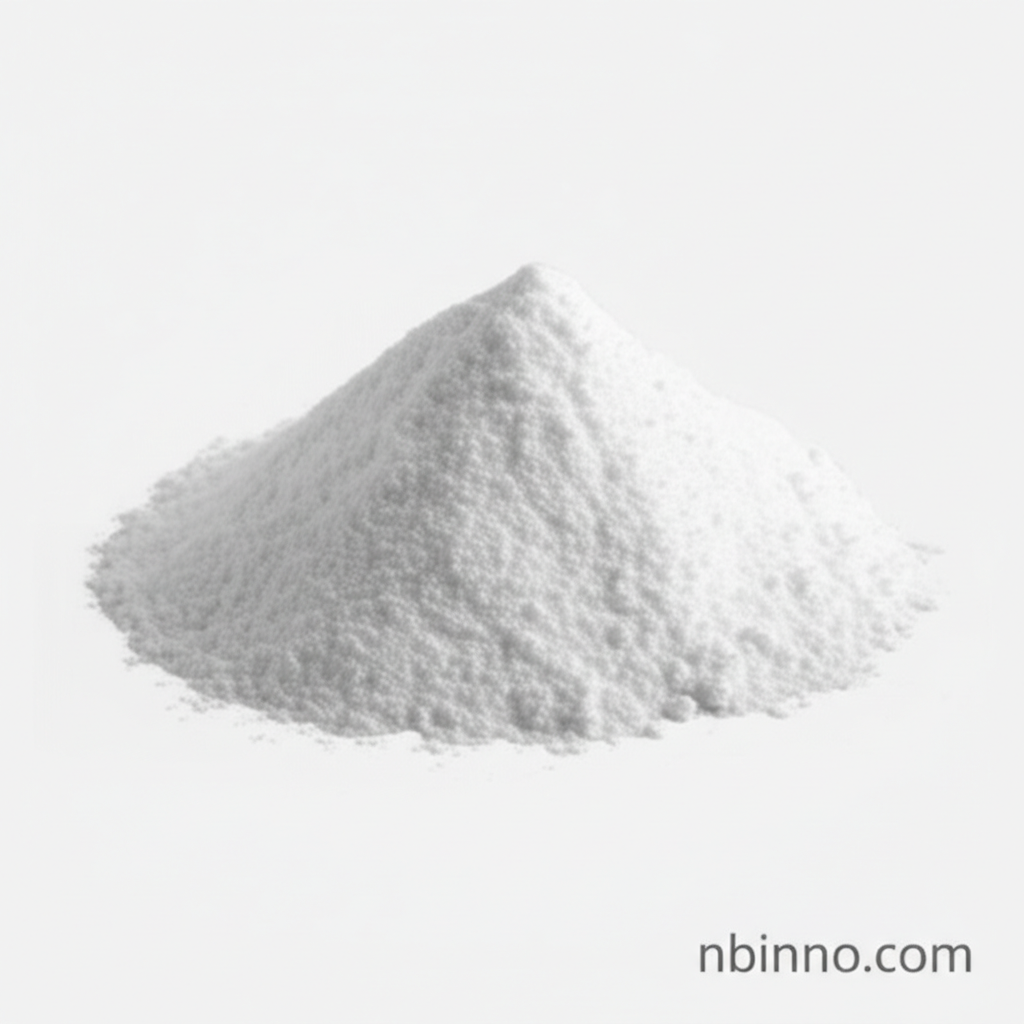Ammonium Heptamolybdate: A Versatile Chemical Catalyst and Reagent for Industrial and Analytical Applications
Discover the multifaceted uses of Ammonium Heptamolybdate, a key compound driving innovation in the petroleum, metallurgical, and analytical chemistry sectors. Learn how its unique properties contribute to efficient industrial processes and precise scientific measurements.
Get a Quote & SampleProduct Core Value

Ammonium Heptamolybdate
We are a leading supplier in China of Ammonium Heptamolybdate, a vital chemical compound with extensive applications. Its primary role as a catalyst in the petroleum industry for processes like hydrodesulfurization is crucial for environmental protection by reducing sulfur content in fuels. As a manufacturer in China, we ensure high purity and consistent quality for its use in preparing molybdenum and alloys in the metallurgical industry. Additionally, its function as a sensitive reagent for the determination of phosphates, nickel, and other elements makes it indispensable in analytical laboratories worldwide.
- Unlock advancements in petroleum refining through our high-performance Ammonium Heptamolybdate catalyst.
- Enhance your analytical accuracy with our premium-grade Ammonium Heptamolybdate, perfect for the determination of phosphates.
- Explore the preparation of molybdenum metal with our reliable Ammonium Heptamolybdate from China.
- Achieve vibrant colors and chemical stability in pigments and glazes with our quality Ammonium Heptamolybdate.
Advantages Provided by the Product
Catalytic Efficiency
Leverage the superior catalytic properties of Ammonium Heptamolybdate to optimize processes in the petroleum industry, contributing to cleaner fuels and improved refining efficiency. This aligns with finding reliable ammonium molybdate catalyst solutions.
Analytical Precision
Utilize Ammonium Heptamolybdate as a precise analytical reagent for accurate determination of various elements. This is essential for quality control and research, supporting accurate analysis using ammonium heptamolybdate reagent.
Material Synthesis
As a key raw material, Ammonium Heptamolybdate enables the production of high-quality pigments, ceramic glazes, and other molybdenum compounds, supporting innovation in material science.
Key Applications
Petroleum Refining
Ammonium Heptamolybdate serves as a crucial catalyst in petroleum refining, particularly for hydrodesulfurization, aiding in the removal of sulfur to meet environmental standards.
Analytical Chemistry
It is widely used as a reagent for the quantitative determination of elements like phosphate, nickel, and lead, ensuring accuracy in various testing protocols.
Metallurgy
This compound is fundamental in the metallurgical industry for the preparation of molybdenum metal and alloys, contributing to the development of advanced materials.
Pigments and Ceramics
Ammonium Heptamolybdate is a key component in manufacturing vibrant pigments and durable ceramic glazes, finding applications in paints, plastics, and decorative items.
